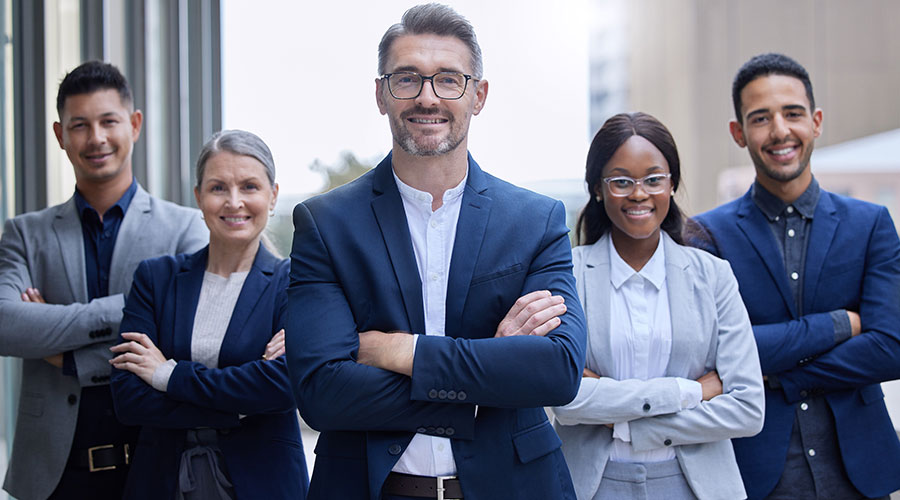« Back to Facilities Management News Home
« Green
Keep America Beautiful: Nonprofit Announces Results of 'Recycling at Work' Research Study
Stamford, Conn. — April 28, 2015 — Providing employees with a desk-side recycling bin and a smaller trash bin attached to it can serve as a success model for increasing recycling and reducing waste in the workplace.
The recommendation, referred to as the “Little Trash” scenario, is one key insight comprising the first wave of the “Recycling at Work” study, commissioned by Keep America Beautiful with support from PepsiCo Recycling and CBRE.
Conducted over a six-month period in 2014, the study’s purpose is to help define best practices for a recycling program that will foster improved recycling behavior in the workplace and result in an increase of quality and quantity of materials collected. The results, released April 28, provide a number of common-sense approaches that can be broadly applied in most workplace environments.
The overarching recommendation, which achieved a 20 percent increase in office recycling during the study, is to provide employees with a desk-side recycling bin along with a small trash bin. In common areas, it’s recommended that recycling and trash bins be paired with simple, consistent signage provided on bins and posters, with the most common recyclables identified on the recycling bin.
The study, conducted by Action Research, focused on the effects of office bin placement on recycling rates and level of contamination. In addition, the research team collected qualitative information about the potential issues encountered prior to and during the study’s implementation, as well as other important factors to consider when setting up a workplace recycling program.
“Our research clearly shows that by combining specific-sized trash and recycling receptacles, with simple signage and messaging, businesses and other organizations can increase employee participation and improve their rate of recycling of office-generated materials,” said Jennifer Jehn, president and CEO of Keep America Beautiful.
Most research conducted on recycling behavior has focused on residential or curbside environments. In a national poll of adults ages 18 to 65, 87 percent of respondents indicated that they typically recycle in their home, but only 41 percent indicated they do so in the workplace. Furthermore, 50 percent of those respondents indicated that it is difficult to extremely difficult to recycle in the workplace.
Four different workplace recycling approaches were tested. While the “Little Trash” scenario proved to be the most successful, the “Equal-Size” set-up also produced positive results. With convenience being the most common barrier to recycling, it’s important to note that these two equally convenient options — providing a recycling and trash bin at each desk — produced different results.
The “Little Trash” approach yielded improved quality of material collected in the recycling bin – an increase of 20 percent in the quality of recyclables – along with a significant increase in knowledge about recycling and proper recycling behavior. After implementing the “Little Trash” condition, offices significantly increased the proportion of material in the recycling bin that was actually recyclable and decreased the amount of trash collected in the bin. There was also a decrease in the amount of recyclables improperly placed in the trash bin, especially that of office paper. Paper in the trash bin was reduced to nearly zero. Moreover, the respondents of the “Little Trash” approach had a positive experience with the program.
As part of the “Recycling at Work” Study, baseline waste audits were followed by two short-term and two long-term audits for a total of 200 audits that were conducted in partnership with Great Forest, one of the leading sustainability consultancies in the U.S. The data was used to look for changes over the course of the program, including total recycling and trash collected by weight and weight and percentages of recyclables in the recycling and trash.
Based on the frequency of the 10 targeted items in the recycling and trash, the study suggests the following items should serve as higher priorities for an office recycling program:
• Office paper is the most frequently recycled material, but it was still present in the trash in 50 percent of offices.
• Plastic beverage bottles and aluminum beverage cans are about equally present in recycling bins and trash bins. Similar to paper, these materials remain a priority.
• Paper towels were very frequently ending up in the recycling bin, with a steady decrease of presence over the course of the project.
• Food scraps had enough of a similar pattern to deserve a priority focus, though they were not present in recycling bins as frequently as paper towels.
For more research findings and recommendations, go to the “Recycling at Work” website.
More From 5/26/2015 on FacilitiesNet







